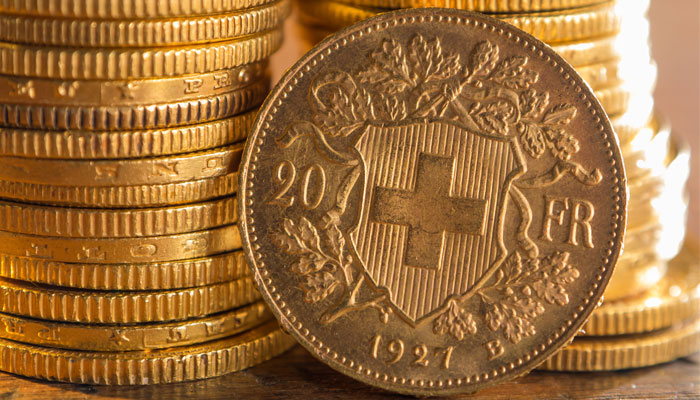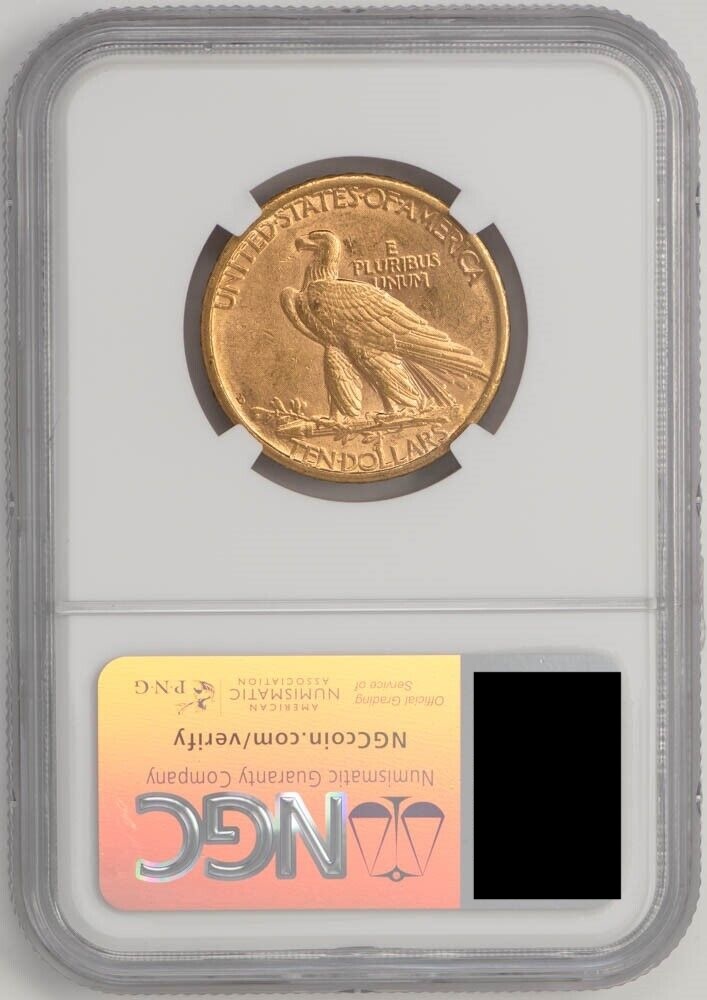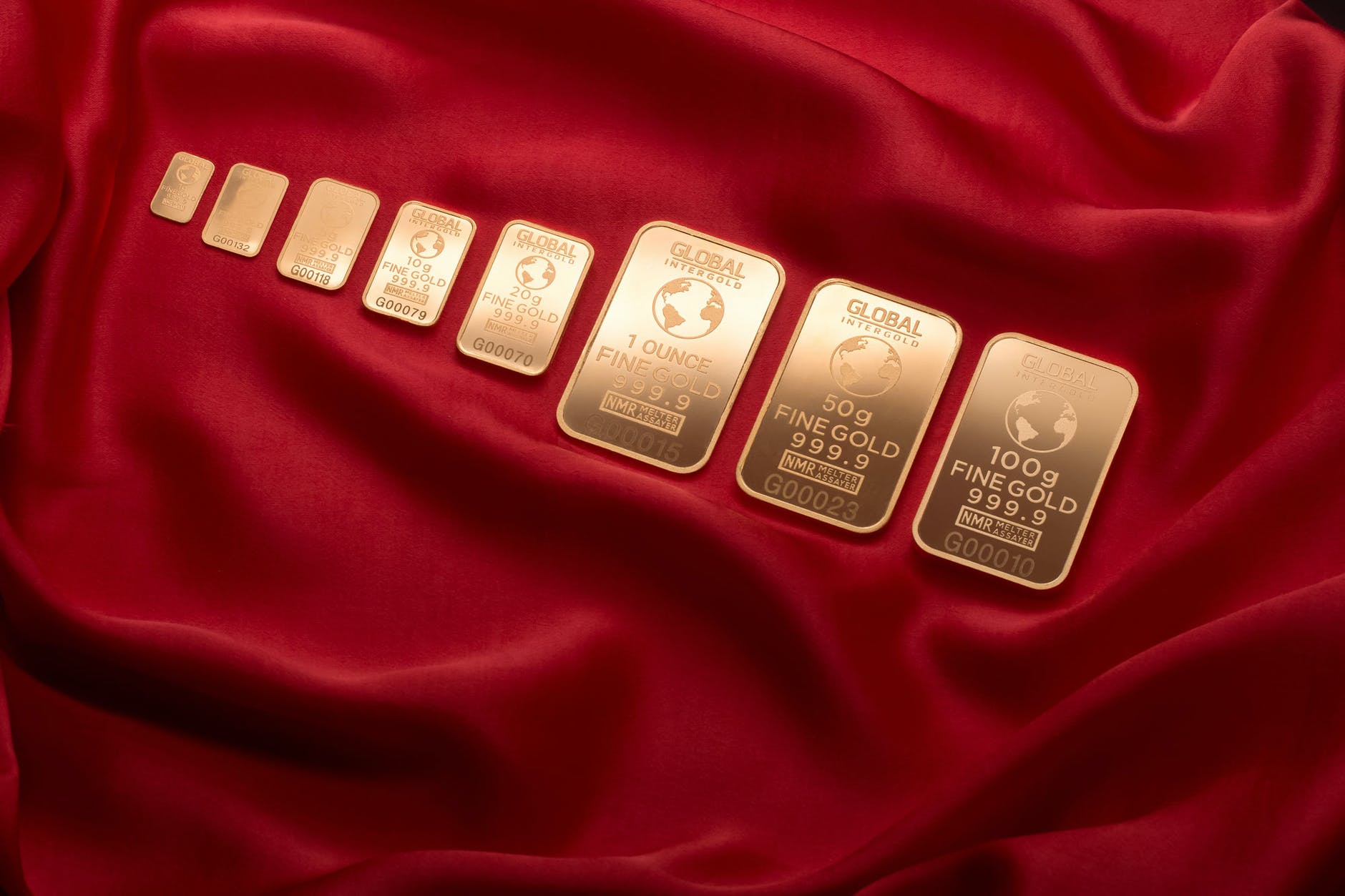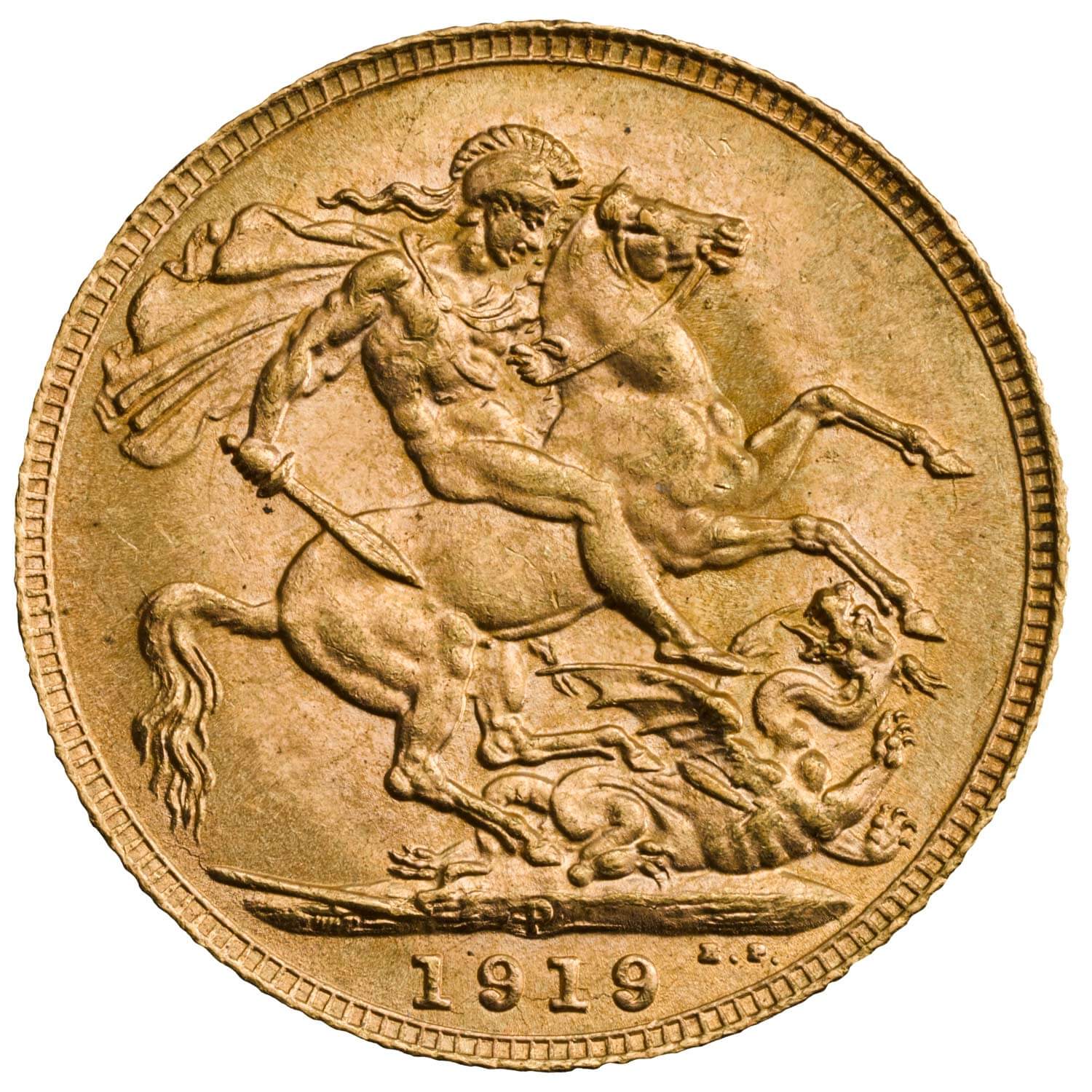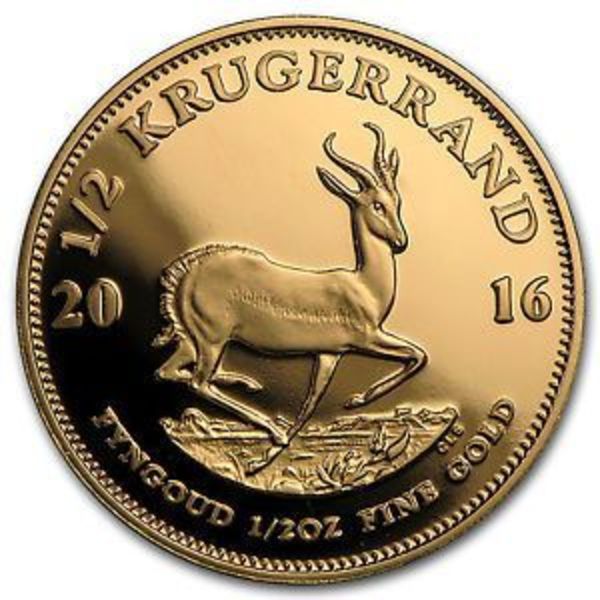Even though most were minted well over 100 years ago, 20 Francs Gold Coins are among today’s most popular fractional gold coins.
The 20 Francs Gold Coin began as a French coin in the 1800s during the First Empire. The first coins were struck in Turin, under French control, following the Battle of Marengo. The coin featured a helmeted soldier facing left wearing a laurel wreath upon his head.
Napoleon Bonaparte introduced the Napoleon gold coin in 1803. The obverse featured a left-facing bust of Napoleon I surrounded by the words “BONAPARTE PREMIER CONSUL.”
Latin Monetary Union
During the first half of the 19th century, the 20 Franc Napoleon gold coins circulated throughout France. By the mid-1800s, Napoleon III, the nephew of Napoleon I, envisioned a unified Europe. By treaty on December 23, 1865, France, Belgium, Italy, and Switzerland formed the Latin Monetary Union (LMU).
The LMU created a unified currency that would be used for trade and recognized by all four countries. The new currency implemented by the LMU would be a bimetallism standard based on the French Franc. Each LMU Franc represented 4.5 grams of fine silver or .290322 grams of fine gold.
Several years later, Greece joined the original four countries in the treaty. Spain and Romania considered joining and attempted to conform their currency to LMU standards. Austria-Hungary rejected bimetallism and refused to join, but later signed a treaty with France to mint some of their gold currency to LMU standards.
By 1873, the LMU had moved to a gold standard due to increasing silver imports dampening prices.
Popular 20 Francs Gold Coins
LMU member countries were responsible for minting millions of 20 Franc gold coins. Today, the most popular of these coins are:
- 20 Francs Helvetia (Swiss)
- 20 Francs Rooster (French)
- 20 Francs Napoleon III (French)
- 20 Francs Lucky Angel (French)
- 8 Florins/20 Francs (Austria-Hungary)
Other common variations of the 20 Francs that can be bought for a low premium over the spot price include 20 Francs from Belgium and 20 Lira Gold Coins from Italy.
